These 14 Stargazing Spots Will Leave You Awestruck
Where to find the clearest, darkest and most star-speckled skies around the world.
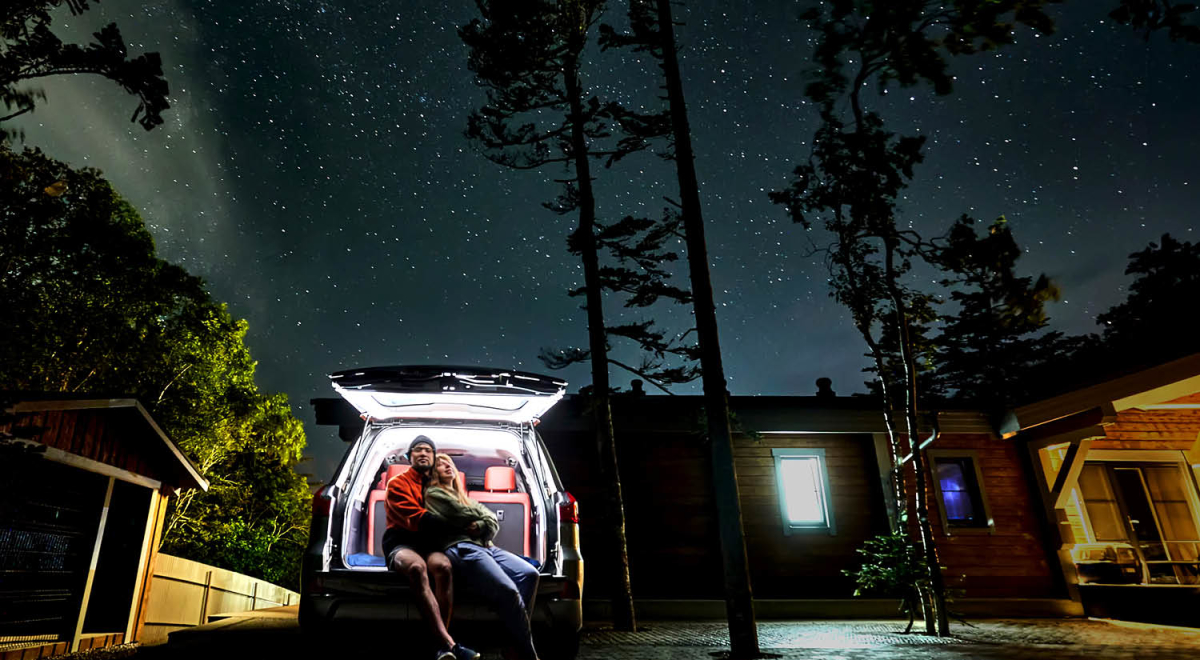
7min read
Published 14 October 2024

UK Content & Social Lead
Where to find the clearest, darkest and most star-speckled skies around the world.
Amid the frenetic day-to-day of work, bills, taxes and meetings, it’s easy to forget the bigger picture. All it takes is a step outside and a quick glance up at the inky vast blackness above, pinpricked with dots of light... but wait, what’s that? Some pesky light pollution is fogging up the view again!
If you can't tell your Orion’s Belt from your Big Dipper, it’s time to seek out some darker night skies and reground yourself amid the truly bizarre puzzle that is our universe. Here are some of the best places for stargazing around the world.
Contents
- Aoraki and Lake Tekapo — South Island, New Zealand
- Wiruna — New South Wales, Australia
- Jasper National Park — Alberta, Canada
- Natural Bridges National Monument — Utah, United States
- Cape Town, South Africa
- NamibRand Nature Reserve, Namibia
- Atacama Desert, Chile
- Teide National Park — Tenerife, Spain
- Mauna Kea — Hawaii, United States
- Lahbab Desert, Dubai
- Pic du Midi de Bigorre — French Pyrenees, France
- Joshua Tree National Park — California, United States
- Varanger, Norway
- Uluṟu — Northern Territory, Australia
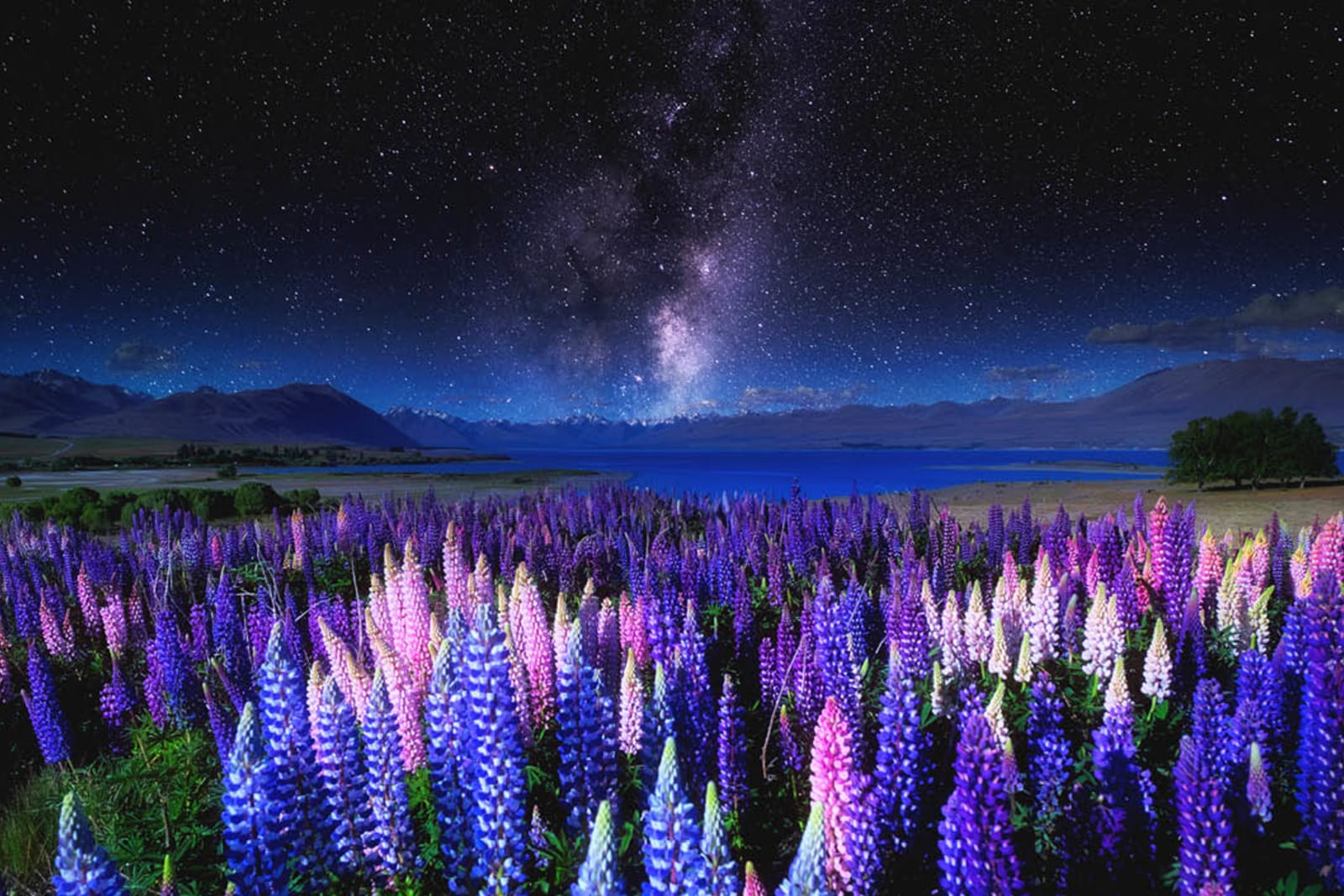


Aoraki and Lake Tekapo — South Island, New Zealand
New Zealand’s rugged lands are one of the main reasons people flock here, but we reckon it's the skies they should really be visiting for. Indeed, the Aoraki Mackenzie International Dark Sky Reserve on the South Island is the largest dark sky area in the world, stretching for a staggering 4,300 square km. Within it, you’ll find the mesmerising Lake Tekapo, an astronomical delight for space lovers as well as a UNESCO Dark Sky Reserve.
You can join a stargazing tour for the chance to visit the Mount John Observatory and peer at distant stars and planets through powerful telescopes, or hop into one of the Tekapo Springs’ hot pools after dark for a quirkier stargazing experience.
Wiruna — New South Wales, Australia
Wondering where you can stargaze in the southern hemisphere? Well, there ain’t no party like a South Pacific Star Party, and Wiruna is the place to be. Organised by the Astronomical Society of New South Wales, this annual event allows professional astronomers and enthusiastic amateurs alike to congregate and discuss their passion. The society actually owns the land, so you know it’s going to be good, and provides observation facilities as well as accommodation.
The South Pacific Star Party is typically held in May and is just a three-hour drive from Sydney — a relatively short trip by Australia's standards! Don’t forget to secure your place by signing up in advance.
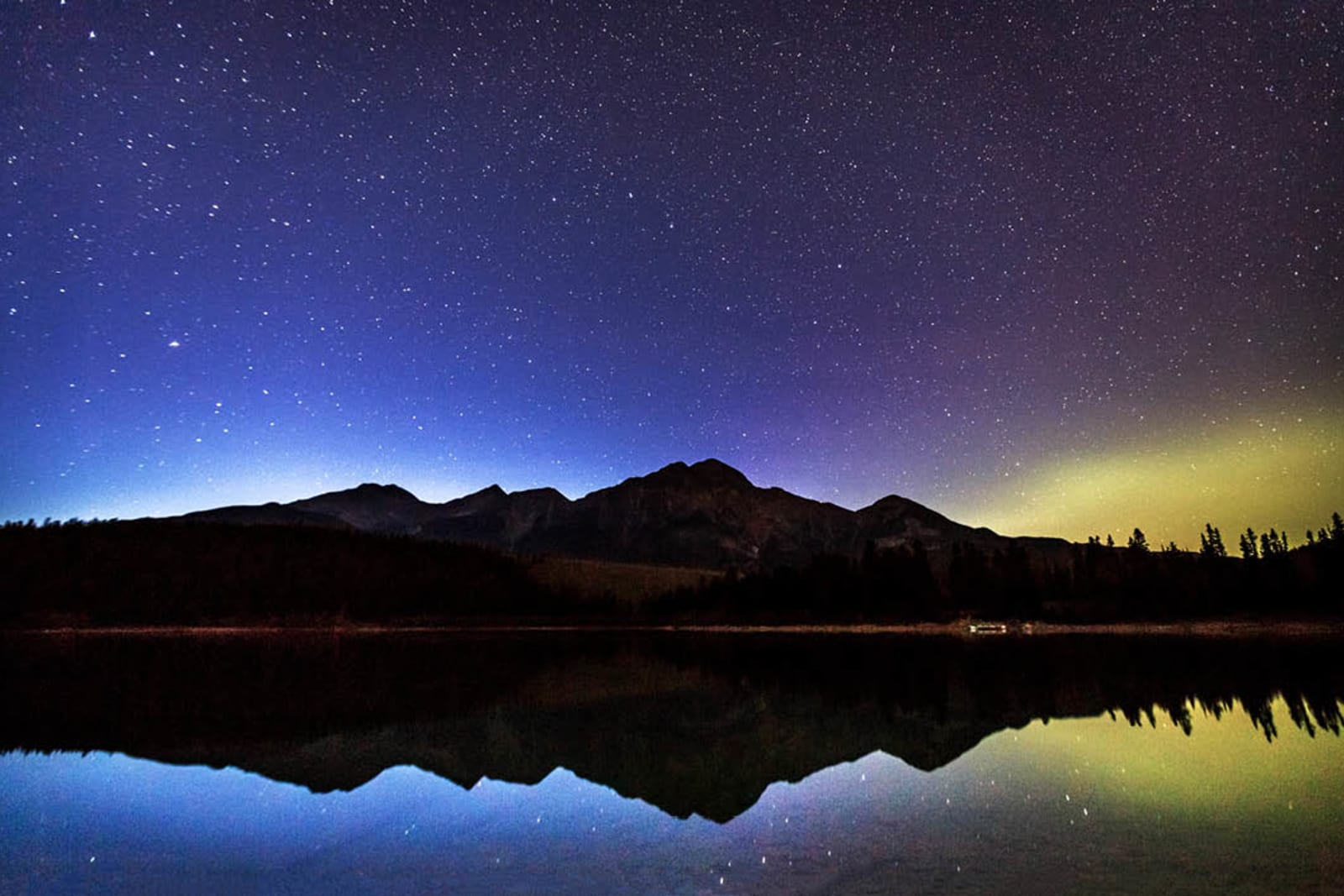


Jasper National Park — Alberta, Canada
Not only does Alberta’s Jasper National Park have the claim of being the world's second-largest International Dark Sky Reserve, but it celebrates that fact every October at the Jasper Dark Sky Festival.
Not travelling then? No need to fret! You can watch the night sky from the telescopes found at the visitor centre, or head to the Jasper Planetarium where every evening you can join an astronomer guide and look through the largest telescope in the Rocky Mountains — and thus look hundreds of years into the past. It's perfect for both professional and amateur astronomers.
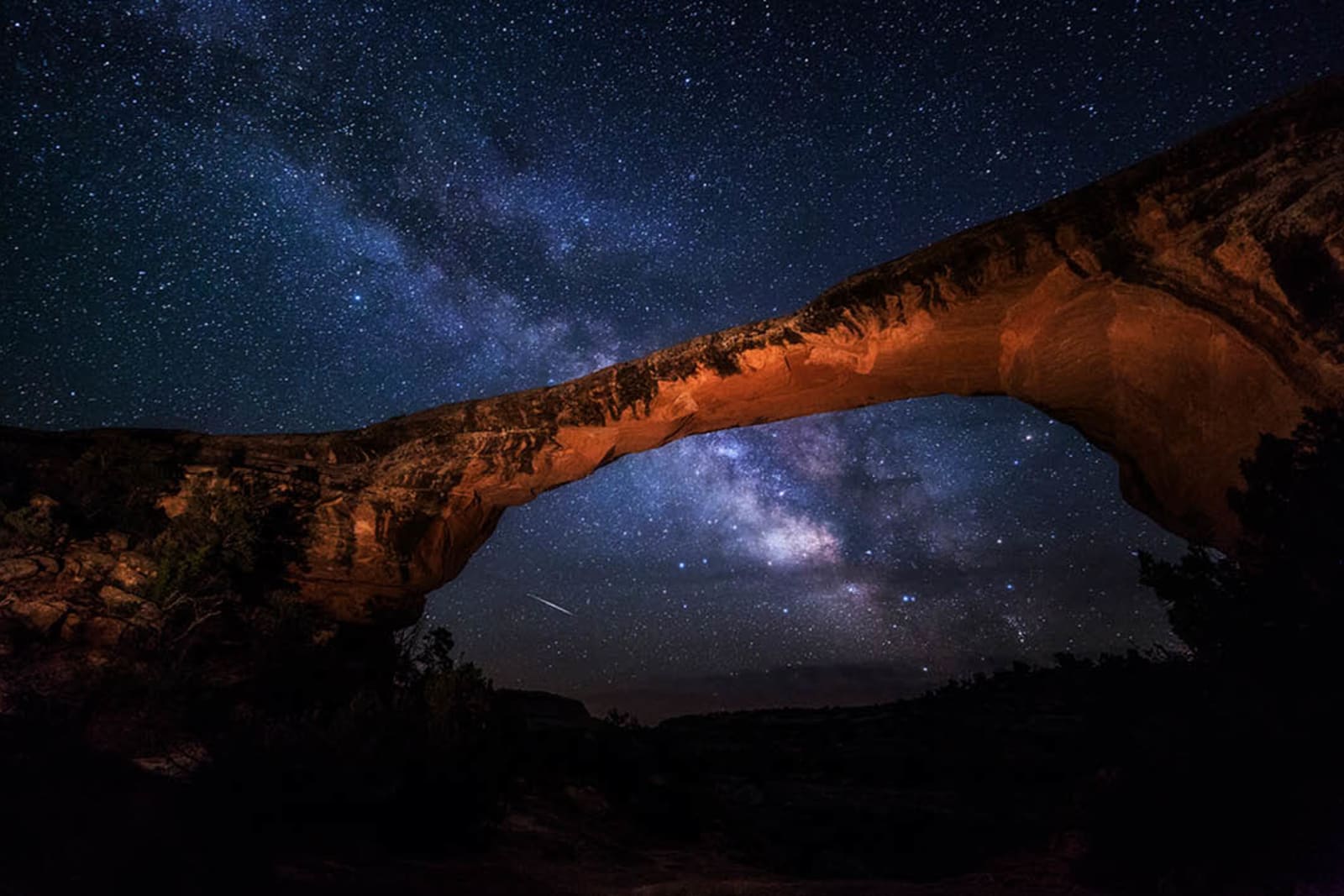


Natural Bridges National Monument — Utah, United States
Utah is home to five national parks and 24 dark-sky reserves, some of the best places for stargazing in the USA. Known to be one of the darkest parks in the country, Natural Bridges is a great place to spot the enchanting sky ribbons of the Milky Way.
Not much can compare to seeing the galaxy that contains our very own solar system, and the natural rock formations of this park offer the perfect silhouette for astrophotographers.
Cape Town, South Africa
...Or more specifically, the South African Astronomical Observatory (SAAO). If you hadn’t guessed by now, where there are dark skies, there are observatories!
Escape the city lights and head to the SAAO, the oldest permanent building in Cape Town, and an excellent location to channel your inner Brian Cox. The star of the show (we couldn’t resist) is the Crux Constellation (otherwise known as the Southern Cross), which can only be found in the southern sky and is recognised for its cross shape; you could almost say it’s the ‘crux’ of this location <insert laughter here>.
The SAAO has open nights on the second and fourth Saturday of every month, starting at 8pm.
NamibRand Nature Reserve, Namibia
With a small population and few settlements, Namibia's NamibRand Nature Reserve boasts a refreshing lack of light pollution, making it the ideal spot for stargazing. It's Africa's first International Dark Sky Reserve, with a number of its lodges offering telescopes and astronomy guides. The nearest community, and therefore light source, is over 60 miles away — starry skies, here we come!



Atacama Desert, Chile
If you’re a hardcore stargazer and an adventurous traveller, then Chile’s high-altitude Atacama Desert is where you should be after dark. The Paranal Observatory sits atop a cliff amid orange sands and is home to one of the world's largest telescopes while the Alma Observatory has one of the most powerful scopes in South America, observing molecular gas and dust in the sky. When you look up at the canopy of stars, it’s easy to see why they chose this location as a dark sky sanctuary.
Only a millimetre of rain falls here every year and, as it’s the desert, you'll get immaculately clear skies, free from the orange glow of brightly lit cities and towns.
Teide National Park — Tenerife, Spain
Tenerife's Teide National Park is set far away from any settlement, making it the ideal location for admiring the Atlantic Ocean, neighbouring Canary Islands and the region's unpolluted skies.
Mount Teide's long-range telescopes at the Teide Observatory help with its dark sky status. Indeed, you have every chance to spot 83 of the official 88 recognised constellations, as well as meteor showers, shooting stars and the Milky Way (most visible in summer).
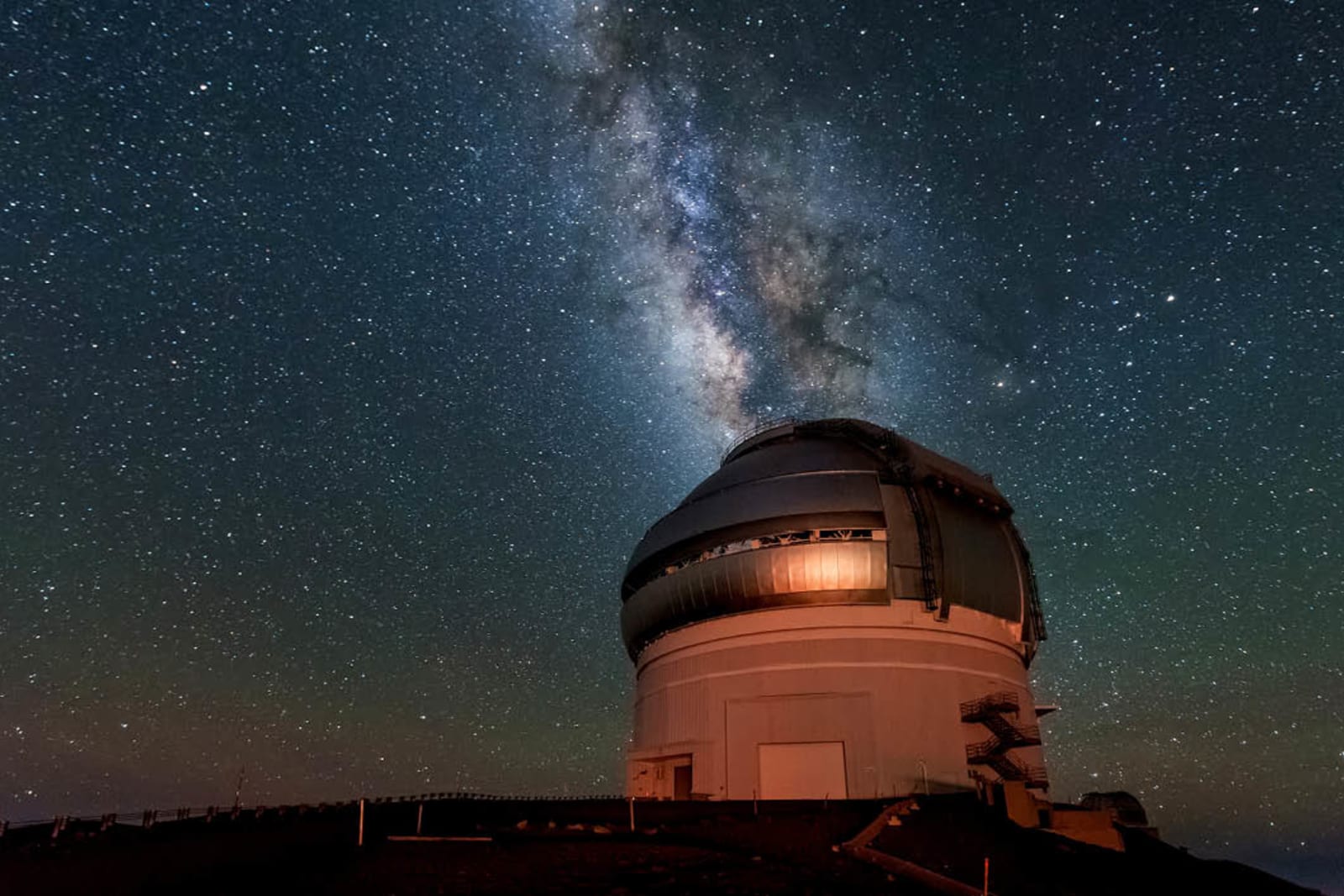


Mauna Kea — Hawaii, United States
Hawaii is a quiet island with little-to-no light around to pollute the skies, so the black abyss above is entirely encompassing.
The Mauna Kea Observatory has also been built as close to the skies as possible. Sitting at an incredibly high elevation of 2,800m, dormant volcano Mauna Kea is one of the only places in the world where you can drive from sea level to 4,267m in about two hours. In fact, it’s so high that there is 40% less oxygen at the summit, so give yourself plenty of time to acclimatise and (hopefully) dodge any altitude sickness on the way up. If you want to get used to the altitude slowly you can take the eight-hour hiking trails instead.
The Mauna Kea summit offers a free stargazing programme which is held every night from 6–10pm. It’s an activity that teaches visitors about the rich history of the observatory and how to look through high-grade telescopes.
Lahbab Desert, Dubai
City dwellers seeking clearer skies far away from the high-rise glitz and glam of the city of Dubai should head for the serenity of the Lahbab Desert. The natural darkness here is made for guided stargazing sessions, so much so that the Dubai Astronomy Group Observatory offers state-of-the-art telescopes for unobstructed views of the cosmos.
For a more picturesque stargazing experience, head for Al Qudra Lakes. On any given night, the tranquil waters reflect the night sky above in all its brilliance — from constellations to the Milky Way, and even shooting stars.
Pic du Midi de Bigorre — French Pyrenees, France
Astro tourists will love France's Pyrénées National Park, home to the Pic du Midi de Bigorre — a mountain with its very own observatory and 400mm Schmidt-Cassegrain telescope. The observatory is even partnered with Instant Science, in a bid to bring visitors the best insights and knowledge about this international dark sky sanctuary and its star clusters above.
Best of all, you can stay overnight at the summit, enjoying the food, the cocktails, the guestrooms and, of course, the starry sky above at your leisure.



Joshua Tree National Park — California, United States
Alongside Grand Canyon and Death Valley National Park, Joshua Tree is one of the darkest national parks in the States, meaning the stargazing opportunities here are plentiful. Located in Southern California, on a clear, moonless night with little light pollution, you can expect to see stars, planets and passing meteors.
Designated stargazing areas can be found in Quail Springs, Hidden Valley, Cap Rock and Ryan Mountain, all of which have their own designated parking and allocated campgrounds if you're planning to spend the night looking skywards.
Visit in October for the park's Night Sky Festival, but make sure you grab your tickets in advance as this event is extremely popular.



Varanger, Norway
It should come as no surprise that an Arctic region has made our list of stargazing spots to escape light pollution and admire a starry night sky. Not only is it home to some of the darkest skies around, but it's also one of the best locations for marvelling at the Northern Lights with the naked eye.
Head for the remote settlement of Varanger in Norway for minimal light pollution, low air pollution and a clearer view of the dark skies above. On exceptionally clear nights, it's sometimes possible to see the Andromeda Galaxy through a telescope, as well as other planets in our solar system, like Mars, Jupiter (and its moons) or Saturn.
Uluru — Northern Territory, Australia
Is this the stargazing capital of Australia? It’s certainly one of the country’s best-known spots for catching some constellations on a clear night, with zero light pollution and a thick, uninterrupted canopy of sky overhead.
For a truly unforgettable experience, enjoy your star-spotting with a side of food and wine, with a unique 'Sounds of Silence' dinner — bookable via our amazing Travel Experts — and, with a lot of luck, you might even catch a display of the Southern Lights. For a more likely view of the aurora australis, head for Tasmania.
Ready to admire the Milky Way, our bright stars, and some of the most majestic national parks and reserves on Earth? Your centre for travel will make your trip shine. Chat with one of our Travel Experts about planning your astronomical trip to a dark sky reserve today.

UK Content & Social Lead
